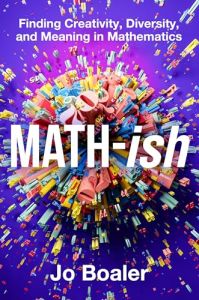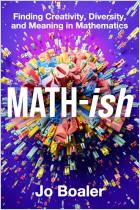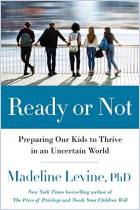加入 getAbstract 阅读摘要

加入 getAbstract 阅读摘要
Jo Boaler
Math-ish
Finding Creativity, Diversity, and Meaning in Mathematics
HarperOne, 2024
看看什么内容?
In a data-driven world, students need to get excited by a math that’s not narrow but diverse and open.
Recommendation
High schools in the United States typically teach mathematics in a narrow, mechanical way. There’s only one way to solve a mathematical problem — and only one answer. Students are obsessively tested and placed in math education streams, ensuring widespread inequalities. As a result, even high-achieving students often hate math, and avoid university majors that involve mathematics. Encouraging a better relationship to mathematics should involve playful, creative thinking and ideas, and collaboration with a diverse group of people. What needs to be taught isn’t exactly mathematics, but “math-ish.”
Summary
About the Author
Dr. Jo Boaler is the Nomellini-Olivier Professor of Education at Stanford University. She is the author of the first Massive Open Online Course (MOOC) on mathematics and of the bestseller Limitless Mind.
























Comment on this summary